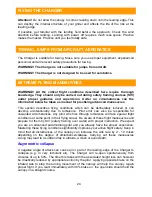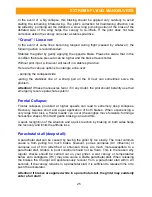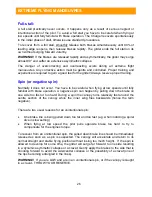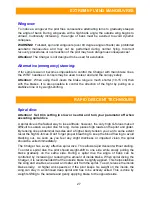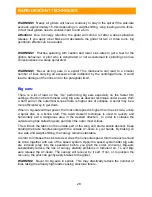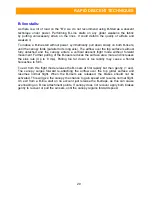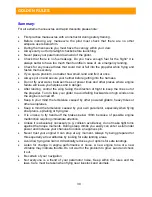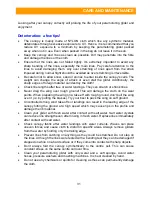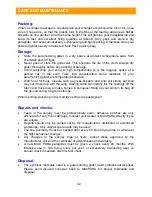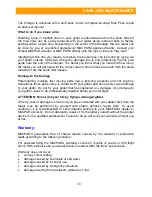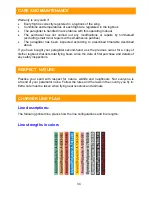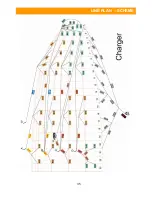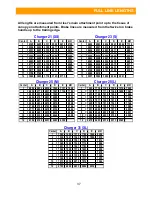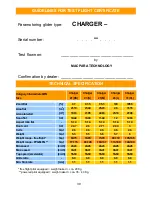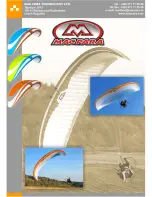
28
RAPID DESCENT TECHNIQUES
WARNING!!
Nearly all gliders will have a tendency to stay in the spiral if the sink-rate
exceeds approximately 15-m/s depending on weight-shifting, wing loading and G-force.
In fact most gliders need a counter-input to end a turn.
Attention!
Due to energy retention, the glider will climb a lot after a deep spiral-dive
release. If you apply inner brake and decelerate the glider for two or three turns, big
pendulum effects can be avoided.
WARNING!!
Practise spiralling with caution and lower sink-rates to get a feel for the
gliders behaviour. A pilot who is dehydrated or not accustomed to spiralling can lose
consciousness in a steep spiral dive!
WARNING!!
Never do big ears in a spiral! This manoeuvre can lead to a smaller
number of lines carrying an excessive load multiplied by the centrifugal force. It could
lead to damage of the lines and or the paraglider itself.
Big ears:
There is a lot of load on the “A’s” performing big ears especially on the faster trim
settings. We do not recommend using big ears as descent technique under power. With
a hard pull on the outermost A-lines there is higher risk of collapse. A spiral may be a
more efficient way to get down.
When in big-ears without power, the horizontal speed is higher than the sink rate, unlike
a spiral dive or a B-line stall. This rapid descent technique is used to quickly and
horizontally exit a dangerous area in the desired direction. In order to collapse the
outside wing tips called big ears pull down the outer most A-lines.
This will tuck the fabric on the outside part of the wing and start a stable descent. Keep
holding the brake handles along with the outside A1-risers in your hands. By braking on
one side and weight-shifting, the canopy remains steerable.
In order to increase the sink rate as well as the horizontal speed, this manoeuvre should
be done together with use of the speed system. Apply the speed system after big ears
are induced (step into the speed-bar before you grab the outer A1-risers). Big-ears
substantially reduce the risk of canopy stability problems in turbulent air. To exit Big-
ears release the A1-risers. The canopy will recover by it self. If not, or to quicken the
recovery, the pilot can gently apply brakes to the glider.
WARNING!
Never do big-ears in spirals. This may drastically reduce the number of
lines taking the already high loads causing structural failure.
Summary of Contents for CHARGER
Page 1: ...1 ...
Page 10: ...10 TRIMMING ...
Page 35: ...35 LINE PLAN SCHEME ...
Page 38: ...38 ...
Page 40: ...40 ...











